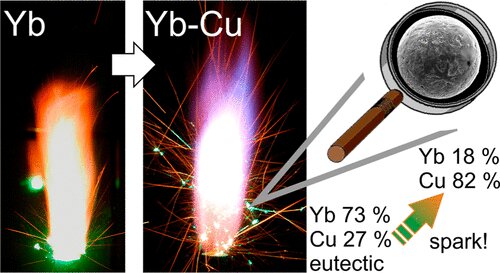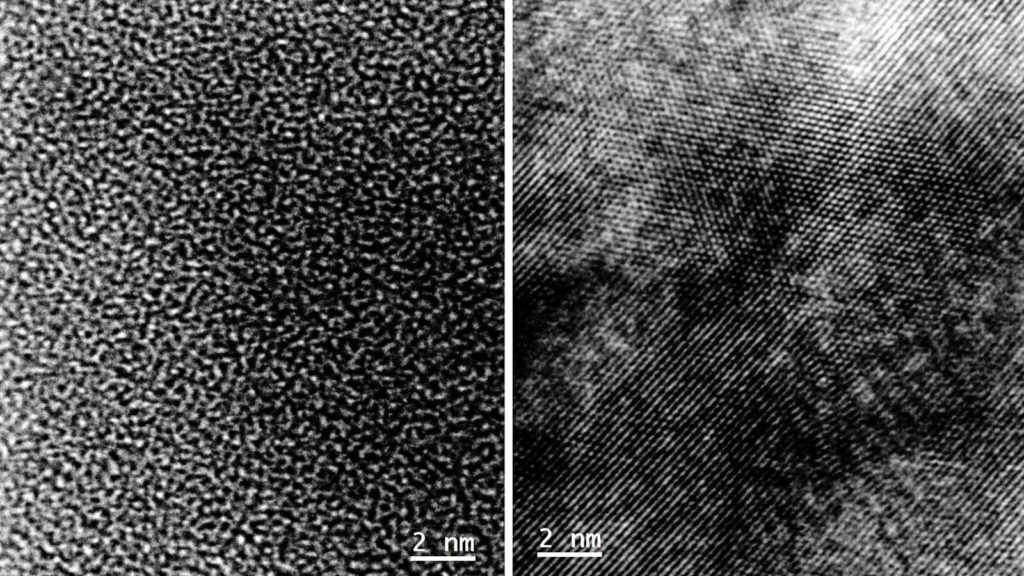New device allows for production of chameleon metal


In a paper published in the journal JACS Au, the scientists behind the innovation explain that it opens the door for new catalytic technologies using non-precious metal catalysts for applications such as storing renewable energy, making renewable fuels, and manufacturing sustainable materials.
The inspiration behind this work is what the group sees as a major barrier to advancing technology: the short supply of rhodium and palladium, globally, and their high prices.
Given this state of affairs, the researchers decided to use their knowledge of how electrons behave on surfaces to test a theory that states that adding and removing electrons to one material could turn the metal oxide into something that mimicked the properties of another.
“Atoms really do not want to change their number of electrons, but we invented the catalytic condenser device that allows us to tune the number of electrons at the surface of the catalyst,” Paul Dauenhauer, the professor of chemical engineering and materials science at the University of Minnesota that led the research team, said in a media statement.
“This opens up an entirely new opportunity for controlling chemistry and making abundant materials act like precious materials.”
The catalytic condenser device uses a combination of nanometer films to move and stabilize electrons at the surface of the catalyst. This design has the unique mechanism of combining metals and metal oxides with graphene to enable fast electron flow with surfaces that are tunable for chemistry.
“Using various thin-film technologies, we combined a nano-scale film of alumina made from low-cost abundant aluminum metal with graphene, which we were then able to tune to take on the properties of other materials,” Tzia Ming Onn, a post-doctoral researcher who fabricated and tested the catalytic condensers, said.
“The substantial ability to tune the catalytic and electronic properties of the catalyst exceeded our expectations.”
According to Dauenhauer and Onn, the catalytic condenser design has broad utility as a platform device for a range of manufacturing applications. This versatility comes from its nanometer fabrication that incorporates graphene as an enabling component of the active surface layer.
The scientists also explained that the power of the device to stabilize electrons (or the absence of electrons called “holes”) is tunable with varying compositions of a strongly insulating internal layer. The device’s active layer also can incorporate any base catalyst material with additional additives, that can then be tuned to achieve the properties of expensive catalytic materials.
“We view the catalytic condenser as a platform technology that can be implemented across a host of manufacturing applications,” co-author Dan Frisbie said. “The core design insights and novel components can be modified to almost any chemistry we can imagine.”
The team plans to continue their research on catalytic condensers by applying them to precious metals for some of the most important sustainability and environmental problems.
This post has been syndicated from a third-party source. View the original article here.




